Do you want to know what’s currently trending in the fashion industry? More people care about sustainability, and Deadstock fashion is a new buzzword with a bang. The term may still need to ring a bell, but it deserves attention. Now that consumers are cautious about their spending habits, brands such as Judy’s Fashion are in the limelight. So, what is Deadstock Fashion going to do now?
And is Judy’s Fashion Deadstock truly die-hard devoted to ethics in Fashion? What principles of this unusual trend contribute to its success, and where can we even begin tackling misplaced stereotypes?
What is Deadstock Fashion?
Deadstock is stock that never sold but remained in the hands of retailers or manufacturers. Due to a lack of interest or being out of season, there is also a considerable chance that these clothes will never even be on shop floors.
Stock from prior series, surplus materials, and too-pricey-to-sell garments are typically included in this category. Instead of sitting in a landfill, Deadstock provides stylish pieces the chance to live again.
One of the most significant aspects of Deadstock is its inherent versatility. Designers usually turn these materials into creations, giving value to items that would otherwise be wasted.
Beyond being environmentally friendly, purchasing Deadstock pieces also means that you are less likely to encounter someone who is wearing the same piece as you. There could not be a better combination: sustainable practices and uniqueness!
The Environmental Impact of Deadstock
Deadstock fashion denotes unsold products left with retailers and/or manufacturers. Most of these surplus stocks end up in landfills, which is a great loss to the environment.
However, when brands decide to turn Deadstock into something else, they ensure that such items are not thrown away. They avoid new production of materials and resources with each relocated piece.
In addition, utilizing Deadstock may reduce carbon footprints. New clothing’s usefulness is produced through the consumption of water and energy resources.
Walking in Deadstock items, people, in turn, enhance the circularity of Fashion. Such a stand fosters shallowness and calls for environmentally considerate shopping behavior.
It is encouraging because it also develops creativity; often, designers make sense of the empty swatches and transform them into interesting works. Deadstock is one way to help the Earth while making your closet more colorful.
Why is Judy’s Fashion Deadstock Considered Sustainable?
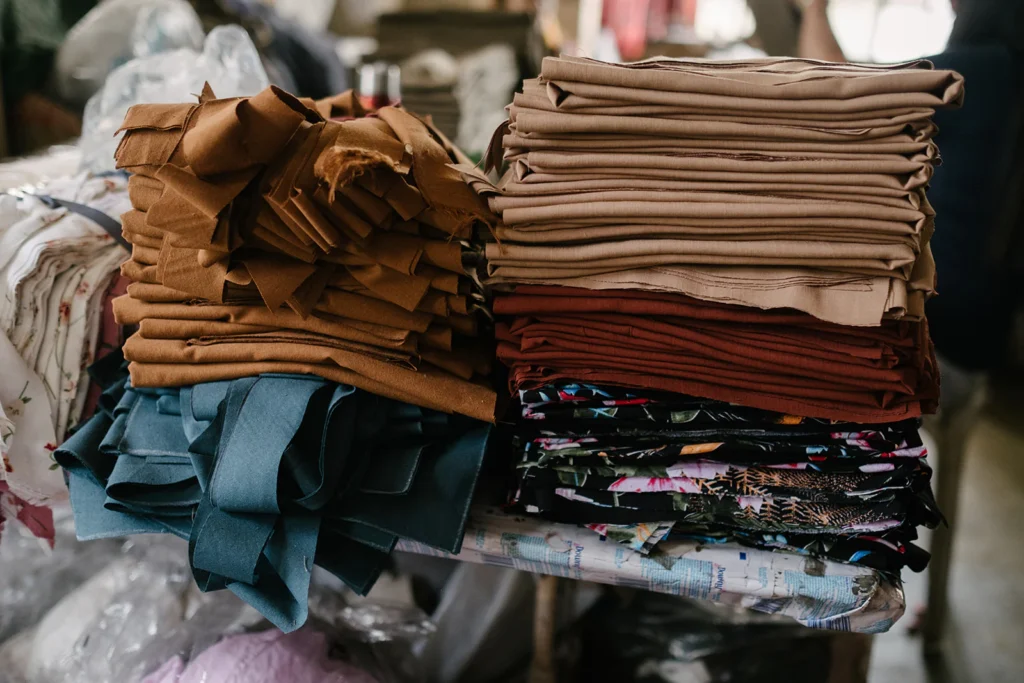
The question “Is Judy’s Fashion Deadstock?” is valid in this context. This brand’s slogan states that DeadstockDeadstock is an excellent choice for the environmentally conscious. To understand the sustainability claim that Judy’s Fashion Deadstock makes, specific questions have to be answered:
Waste Reduction
Deadstock fashion comprises surplus products that did not get sold and are likely to be disposed of in the landfill. The action of the customers purchasing these pieces allows them to help eliminate fashion waste directly. Globally, the fashion industry ranks as one of the leading waste producers, with millions of tons of clothes going to waste yearly. Judy’s Fashion responds to the challenge by giving these clothes another lease of life.
Resource Conservation
So, Is Judy’s Fashion Deadstock? Do you want to get rid of your old clothes? Certainly! This is true due to the fact that Deadstock relics are readily available. Judy Styles incorporates Deadstock that would otherwise be wasted. For every person Kyle purchases a deadstock piece, he reduces the number of ‘virgin’ materials, including cotton or synthetic fibers, which demand considerable resources to be generated.
The use of raw materials by the fashion industry affects and does not only exhaust the natural resources but also affects water and energy use. Purchasing Deadstock reduces the pressure allied to such kinds of consumption and facilitates more responsible behavior.
Lower Carbon Emissions
To some degree, the use of deadstock collections from Judy’s Fashion reduces climate change. Climate change is caused by the manufacturing cycle of fashion clothes, which consists of planting cotton, industrial production, and shipping. By going for Deadstock, consumers choose to be part of the solution and avoid creating more damage that new production would cost the world.
Unique Fashion Choices
A different factor in response to “Is Judy’s Fashion Deadstock worth it?” is the unique collection it possesses. Most often, deadstock items have unique single pieces that stand out for customers looking to be different in their outfits. The limited availability not only encourages environmentally friendly practices but also shifts the focus from fast Fashion to other clothing types.
Combatting Fast Fashion
Fast Fashion encourages the overbuying of clothes, which becomes out of Fashion very quickly, and Judy’s Fashion Deadstock is a great example of opposition to that style. The purchase of Deadstock encourages consumers to seek quality goods that will stay in the market for a long time, advocating for slower market cycles.
Supporting Ethical Practices
What about Judy’s Fashion Deadstock and Ethical Fashion? Yes, they offer responsible sourcing and production, which is very important nowadays. Every purchase of Deadstock gives them a reason to smile and contributes to constructing a sustainable fashion business.
Lastly, the answer to the question “Is Judy’s Fashion Deadstock?” regarding sustainability is a definite yes. Judy’s Fashion Deadstock is a sustainable and eco-conscious way of shopping, as it minimizes waste and uses resources smarter while encouraging individuals to wear exclusive pieces of clothing. Deadstock items are suitable for those who want to support sustainability through their fashion purchasing decisions.
Brands Embracing Sustainable and Ethical Practices
As the fashion landscape progresses, more and more brands are integrating sustainable and ethical practices into their business models. They have recognized how their production process creates a ripple effect on the environment and communities.
A good example is Patagonia, which has been praised for its use of environmentally friendly fabrics and safe working conditions for its employees. It stands for more than the item; it fights for the planet.
Reformation is another brand that is making waves. On its website, it is upfront about its sustainability statistics while designing fashion-forward options for the eco-educated consumer.
They commit to radical transparency about their sourcing and pricing strategies. Each product is designed to waste as little as possible during the manufacturing process.
These brands motivate others to challenge existing norms in manufacturing so that the environment’s well-being comes first. With increasing awareness, many more organizations may follow suit, bringing about a change in the industry for the better.
The Appeal of Judy’s Fashion Deadstock: What Makes It Unique?

It’s safe to assume that Judy’s Fashion Deadstock has a lot to offer that is different from the rest of the world. The brand combines affordability with style and is centered around sustainability. All items are sourced from surplus stocks so fashion fanatics can wear the latest designs without guilt.
Judy’s commitment is to its customers’ individuality. The assortment includes items that are rarely, if at all, offered in typical shops. Such availability makes the shoppers on the lookout for extraordinary pieces feel special.
In addition, the consistent quality of the brand’s products helps one’s wardrobe remain stylish for years. Deadstock is an investment in your wardrobe that’s immune to fast fashion trends.
Furthermore, it’s important to mention that purchasing from Judy’s contributes to a better industry overall. Deadstock emphasizes ethical consumerism while ensuring that people get to wear nice clothes.
Potential Drawbacks What to Know Before Buying Deadstock
Deadstock’s fresh and unique Fashion is popular among many; however, drawbacks also exist. One of the biggest worries is the greater risk of poor quality control. A significant portion of the Deadstock collection can sometimes show quality problems due to past production on a larger scale and storage of items in warehouses for a long time period.
These stock items are often available in fixed sizes, which may make fitting them into one’s body an arduous task. Since myriad styles and production runs are available to consumers, selecting the correct size without first trying the clothes is tough.
Another consideration is demand and supply; popularity determines how quickly an item sells. This suggests that suited clothing can only be noticed if one can cope promptly.
Several brands promote the sustainability of their products through Deadstock; however, not all warrant quality manufacturing practices. Understanding the ethos of a brand is paramount in making a purchasing decision. It is essential to remain true to the values you hold in the hope that you won’t make needless sacrifices to environmental problems.
How to Shop for Deadstock at Judy’s Fashion
It’s important to note that Deadstock is pretty challenging to source, but this is not an issue with Judy’s Fashion. Begin by checking out their page online and going to any of their physical stores, if any. Given the wide selection of styles, the objective is to peruse as many lookbooks as possible to avoid frustration slowly.
Consider the sizing and material descriptions with great care. Deadstock items can be more or less explanatory than regular stock items. As always, it’s best to examine the product details thoroughly before making any decision.
Perhaps you could implement alerts for recently added stock. Deadstock items are highly sought after and produced in limited quantities, so it makes sense to keep track of the stock so as not to miss out on something great.
There is no need to be shy when addressing support representatives regarding the fit or availability of an item. Communication with the staff can also assist in determining future trends and which pieces will be hard to find.
Consider environmental practices during the purchasing process. Every time customers purchase, they actively engage in green practices while enhancing their style multiplied by individuality.
Is Deadstock Fashion Truly Sustainable? A Closer Look
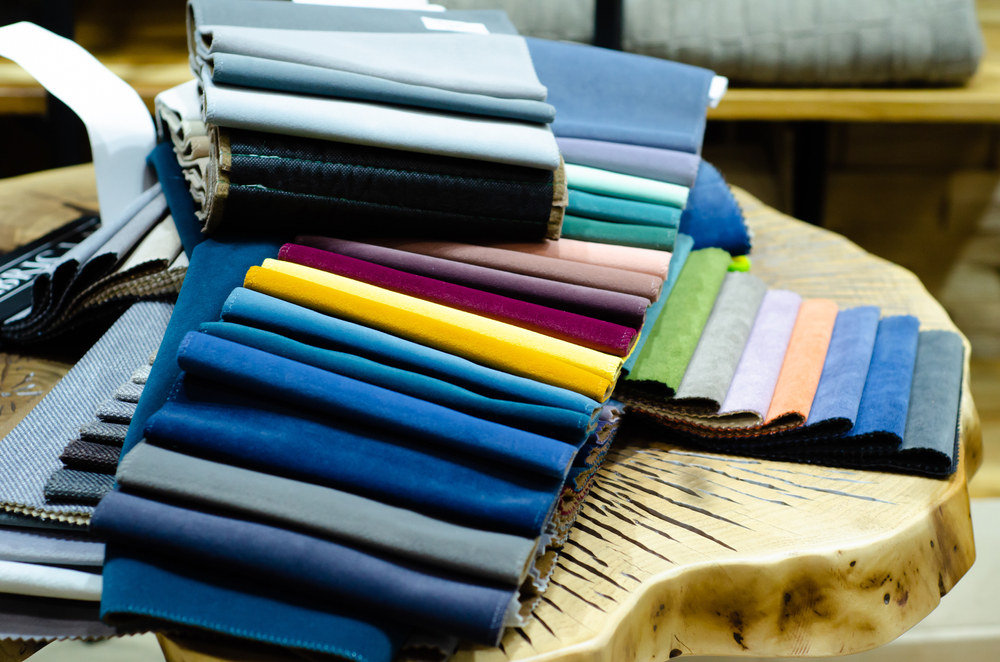
Wearing Deadstock has been referred to as a more environmentally friendly approach. However, its corresponding environmental advantages still need to be investigated. It uses surplus stock but only partially resolveshe issue of waste.
Most brands utilizing Deadstock may produce a product using heavy biological processes. The material used can also be of significant concern to sustainability. Natural fibers such as cotton or linen are better than synthetic alternatives.
On the other hand, the shelf-life of such Deadstock pieces also matters. Should these garments be worn minimally before being thrown away by consumers, fast Fashion fashion rather than slows down the cycle.
This issue is further complicated by the need for ethical employment and labor practices and the regularity of moving stock relating to Deadstock. A stock surplus only guarantees that it was created with fair practice.
Therefore, Deadstock has a few pros but cannot be seen as a fresh bulk solution to the challenges and consideration of sustainable style within the contemporary industry.
The Future of Deadstock Fashion: Trends and Predictions
The field of Deadstock fashion is changing fast. With consumers’ increased awareness of the environment, the need for alternative options will always be present. Companies are going with the flow, accepting the trend.
Current trends suggest more partnerships between well-known labels and independent sustainable brands. The combination of both creates pieces that satisfy the desires of fashion enthusiasts and environmental consumers.
The technologies will also be the driving force behind the future of Deadstock fashion. New technologies, such as managing digital inventories, can address the supply challenge and ensure that only the required levels of production are reached.
In addition, as transparency becomes more common, consumers will want to know the brand’s manufacturing methods and whether it is sourcing materials responsibly.
It is also anticipated that social media will further these changes by enabling smaller Deadstock fashion businesses to easily target new audiences. The discourse surrounding sustainable Fashion and the accessibility of its concepts has never been easier.
There is a bright future for Deadstock fashion lovers who care about how their clothes look and their impact. With each new season, however, it becomes increasingly clear: Deadstock is not just a fad but a necessary rethinking of clothing’s place in our lives.
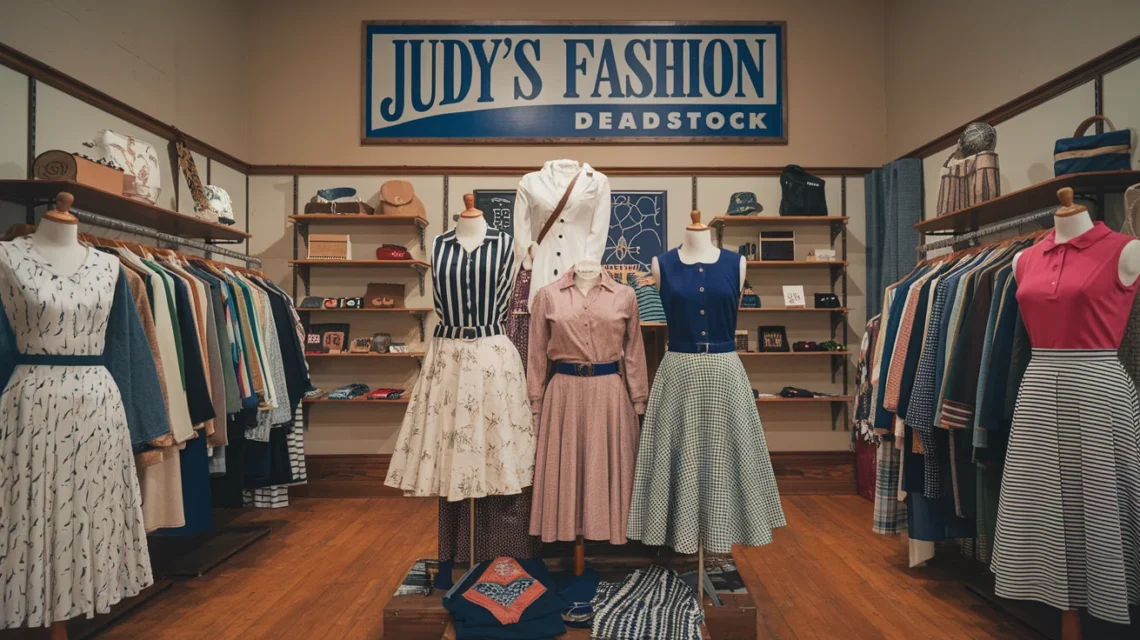
 Larax Body Wear or Add Layers: The Key to Effortless Style and Comfort
Larax Body Wear or Add Layers: The Key to Effortless Style and Comfort 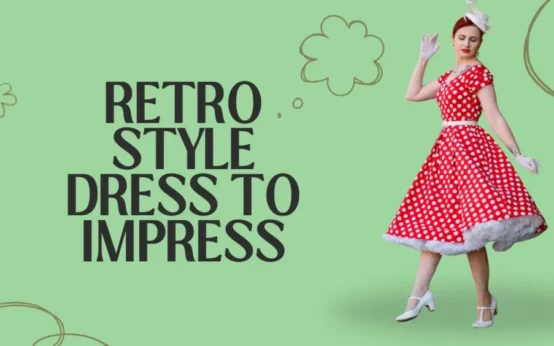 Retro Style Dress to Impress: Top Picks for Your Next Event
Retro Style Dress to Impress: Top Picks for Your Next Event  Get the Diane Guerrero Halter Top Dress Look on a Budget
Get the Diane Guerrero Halter Top Dress Look on a Budget 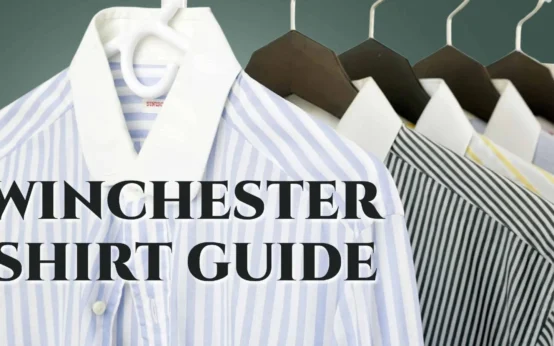 Add Boldness to Your Wardrobe: Top Styling Tips for Green Wide Stripe Winchester Dress Shirts
Add Boldness to Your Wardrobe: Top Styling Tips for Green Wide Stripe Winchester Dress Shirts  10 Must-Have Earthy Style Dress to Impress For Any Occasion
10 Must-Have Earthy Style Dress to Impress For Any Occasion 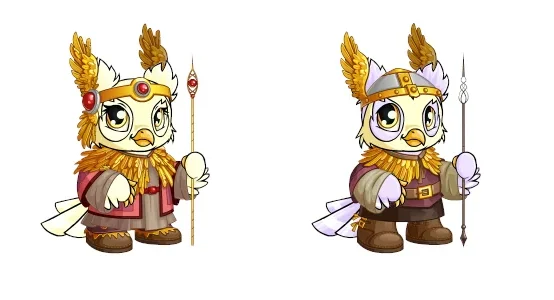 Can Neopets Vandagyre Wear Certain Clothes? Complete Guide
Can Neopets Vandagyre Wear Certain Clothes? Complete Guide